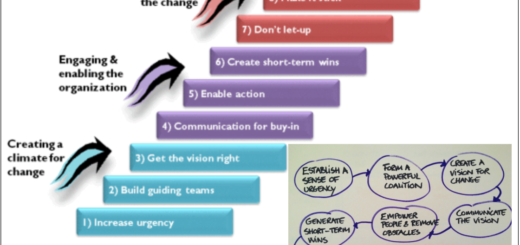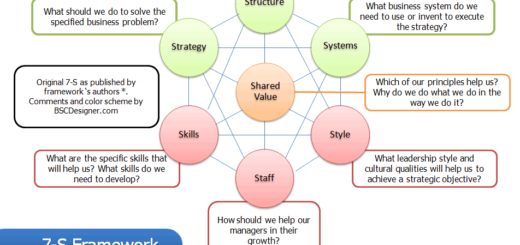Organisational Culture
Organizational culture can be defined as the shared values, beliefs, attitudes, behaviors, and practices that characterize an organization. According to scholars, organizational culture is a social system that shapes the behavior and attitudes of its members, provides a sense of identity and purpose, and influences how decisions are made, problems are solved, and conflicts are resolved within the organization.
Edgar Schein, a leading expert on organizational culture, defines it as “a pattern of shared basic assumptions that the group learned as it solved its problems of external adaptation and internal integration, that has worked well enough to be considered valid and, therefore, to be taught to new members as the correct way to perceive, think, and feel in relation to those problems.”
Other scholars emphasize the importance of organizational culture in shaping employee behavior, promoting innovation and change, and driving organizational performance. Ultimately, organizational culture is seen as a key driver of an organization’s success or failure, influencing everything from employee engagement and satisfaction to productivity, profitability, and customer satisfaction.
Layer’s of Culture:
Edgar Schein, a well-known researcher in the field of organizational culture, proposed a model of culture that consists of four layers:
- Artifacts: This layer includes the visible and tangible elements of culture, such as dress code, office layout, and symbols. Artifacts are the easiest to observe but may not always reveal the underlying values and assumptions that shape culture.
- Espoused values: These are the stated values and beliefs of an organization, such as mission statements or company slogans. They represent what an organization aspires to and what it says is important.
- Basic underlying assumptions: These are the unconscious, taken-for-granted beliefs, attitudes, and values that underpin an organization’s culture. They are often deeply ingrained and may be difficult to identify or change.
- Tacit assumptions and beliefs: This layer includes the unspoken, implicit assumptions and beliefs that are not consciously recognized or articulated, but that influence behavior and decision-making. These may be rooted in history, traditions, or culture.
Schein’s model suggests that to truly understand and shape culture, it is necessary to go beyond the surface-level artifacts and espoused values, and to identify and address the deeper underlying assumptions and beliefs that shape behavior and decision-making within the organization.



